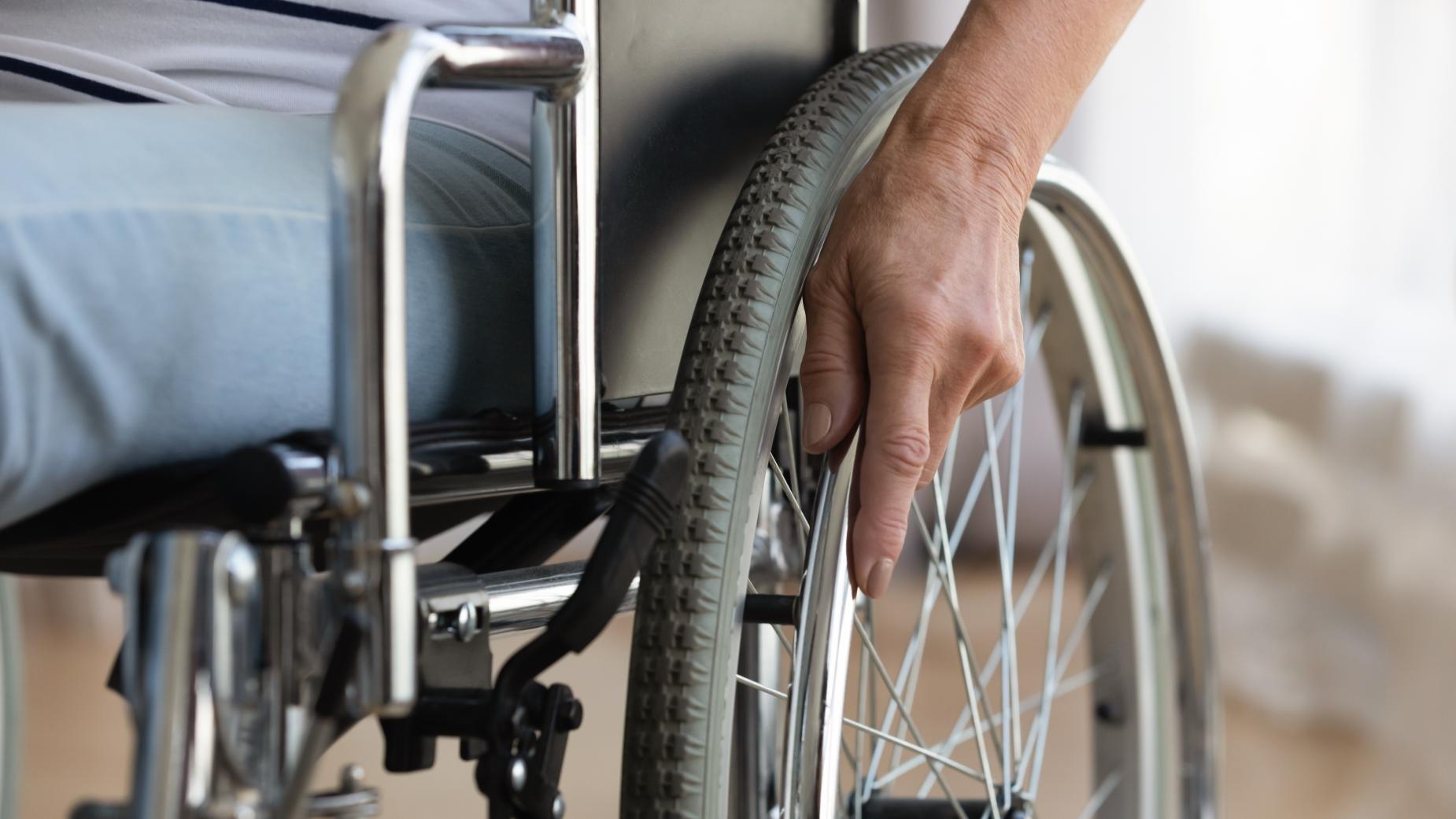Whether you are a teenager or a college student, when you first start working, you don’t think about the possibility of receiving an SSDI check later if something goes wrong. Selling insurance to people in this age group is very difficult, especially considering that they are more likely to take risks. As a result, the concept of riding 85 miles per hour on a motorcycle with minimal equipment sounds appealing, even romantic. Unfortunately, various scenarios can occur and it is best to be prepared for them. This is not a recommendation to not take risks, but a useful discussion on how to mitigate risks through a thorough analysis process.
Eligible recipients could receive new SSDI checks within hours
Disability can happen to anyone, and once it does occur, it can have a major impact on your financial security. Depending on your specific case, you may not be able to do the same work as before, or even if you can, you may not be able to do it at the same productivity level. In addition, you may have to pay more for medical care and may need to adapt your home or transportation.
The Social Security Administration (SSA) reported that as of the end of March 2024, it had paid benefits to a total of 7 million people in the United States who were enrolled in the SSDI program (Social Security Disability Insurance), an initiative aimed at providing monthly SSDI checks to former workers who lost their ability to earn an income under the same conditions as before due to a medical certificate of disability.
In these situations, knowing when your benefits will be paid is not only advantageous, but essential. Having the information clear will help you know when you need to contact the Social Security Administration to further your claim if your benefits haven’t arrived. Read on to find out which beneficiaries will receive their Social Security benefits in the next few hours.
Who receives SSDI checks?
It’s complicated to give a specific number on how much you’ll receive in your SSDI check. This is usually determined by the amount of your insurance, which in turn is determined by how much you pay in through Social Security taxes each month. You must contribute for a minimum of 10 years to be insured, but otherwise the more you contribute, the better. If you’re diagnosed with a disability or blindness, the SSA determines the amount of your monthly SSDI check based on your average earnings.
SSA has an annual SSDI check schedule. You can also see the 2025 schedule here. The rules are pretty much the same every year. However, the dates for each month may change depending on the program you are participating in. You need to understand the general criteria and pay attention to the specific dates that apply to your case. The first rule to check is the date you started receiving Social Security benefits. In this case, everyone who started receiving benefits before May 1997 is in a separate group that gets paid on the 3rd of each month.
The remaining beneficiaries who joined after May 1997 need to understand the second rule that pertains to the program they are in. If you are disabled or blind, the SSA administers two programs that address this situation: Supplemental Security Income (SSI), which is paid on the 1st of each month, and SSDI, which will receive its first SSDI check on Wednesday, July 10. This payment is only available to beneficiaries born between the 1st and 10th of each month.

